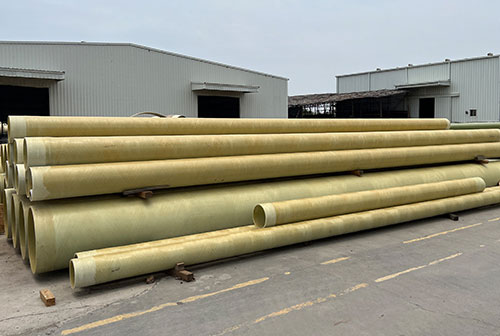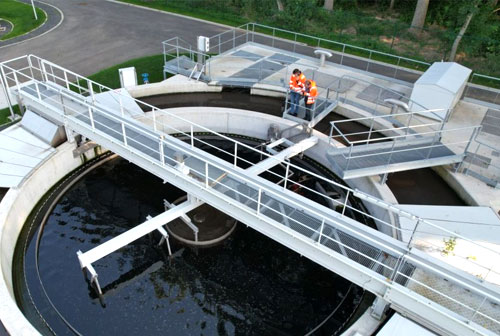In the realm of materials, GRP (glass fiber reinforced plastic) stands as a testament to human ingenuity, combining the strength of glass fibers with the flexibility of resin to create a composite material of exceptional properties. GRP, also known as fiberglass-reinforced plastic (FRP), has revolutionized various industries due to its remarkable strength, corrosion resistance, and lightweight nature.
Understanding GRP: Composition and Properties:
GRP is a composite material composed of two primary components:
1. Glass Fibers: Glass fibers, the reinforcing element, provide the material with its extraordinary strength and stiffness. These fibers are typically made from molten glass drawn into thin filaments, offering remarkable tensile strength and dimensional stability.
2. Resin Matrix: The resin matrix, typically epoxy, polyester, or vinyl ester, acts as the binding agent, embedding and encasing the glass fibers. The resin distributes the stress evenly throughout the material, enhancing its overall strength and durability.
The combination of glass fibers and resin matrix in GRP results in a material with a unique set of properties:
· High Strength-to-Weight Ratio: GRP exhibits an impressive strength-to-weight ratio, surpassing many metals in terms of strength while remaining significantly lighter. This makes it an ideal choice for applications where weight is a critical factor.
· Exceptional Corrosion Resistance: GRP is highly resistant to corrosion from a wide range of chemicals, including acids, alkalis, and salts. This makes it suitable for use in harsh environments where metals would quickly deteriorate.
· Electrical Insulation: GRP is an excellent electrical insulator, making it a valuable material for electrical applications.
· Dimensional Stability: GRP exhibits excellent dimensional stability, maintaining its shape and size under varying temperature and humidity conditions.
· Versatility: GRP can be molded, shaped, and reinforced in various ways, making it adaptable to a wide range of applications.
Applications of GRP: A Material of Diverse Uses:
GRP's unique properties have made it a sought-after material across a vast array of industries:
1. Construction: GRP is widely used in construction due to its strength, durability, and corrosion resistance. It is employed in reinforcing beams, pipes, tanks, and other structural components.
2. Transportation: In the transportation sector, GRP finds applications in aircraft components, boat hulls, automotive parts, and rail infrastructure. Its lightweight and strength make it ideal for weight-critical applications.

GRP transportation application
3. Energy: GRP is used in wind turbine blades, power transmission lines, and electrical insulators due to its high strength, electrical insulation properties, and resistance to harsh weather conditions.
4. Chemical Processing: GRP pipes, tanks, and vessels are employed in the chemical processing industry due to their exceptional corrosion resistance and ability to withstand aggressive chemicals.
GRP chemical processing application
5. Water and Wastewater Treatment: GRP is used in water and wastewater treatment plants for pipes, tanks, and filtration systems due to its corrosion resistance and ability to handle harsh chemicals and wastewater.
GRP water treatment application
Conclusion:
GRP (glass fiber reinforced plastic) has emerged as a frontrunner in the materials landscape, offering a compelling combination of strength, corrosion resistance, and versatility. Its diverse applications across industries, ranging from construction to aerospace, underscore its remarkable potential and the ingenuity behind its development. As technology advances and the demand for high-performance materials continues to grow, GRP is poised to play an even more significant role in shaping the future of various industries.
 +86 15303735673
+86 15303735673 Jessica@frpzs.com
Jessica@frpzs.com
 Technical Data
Technical Data















